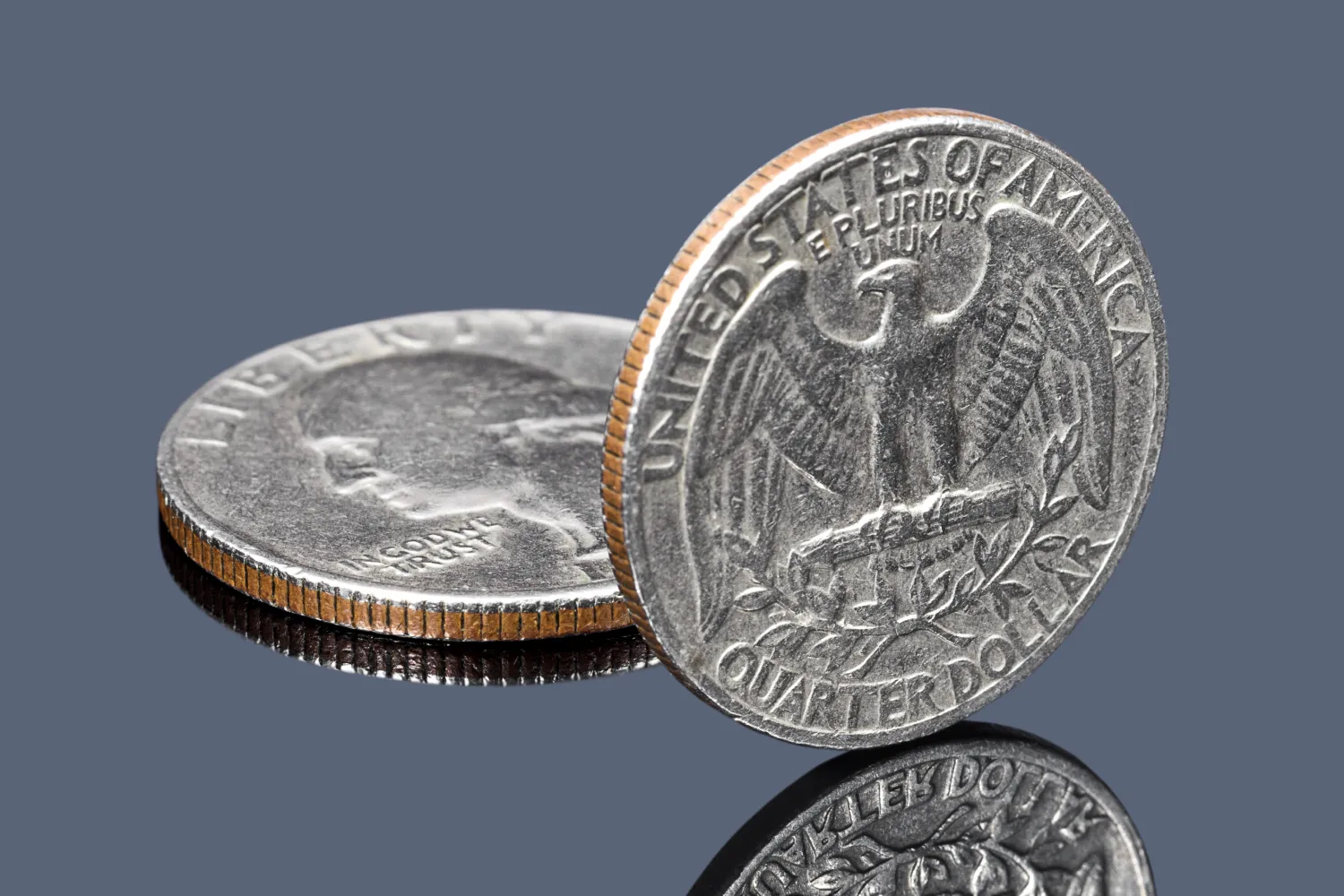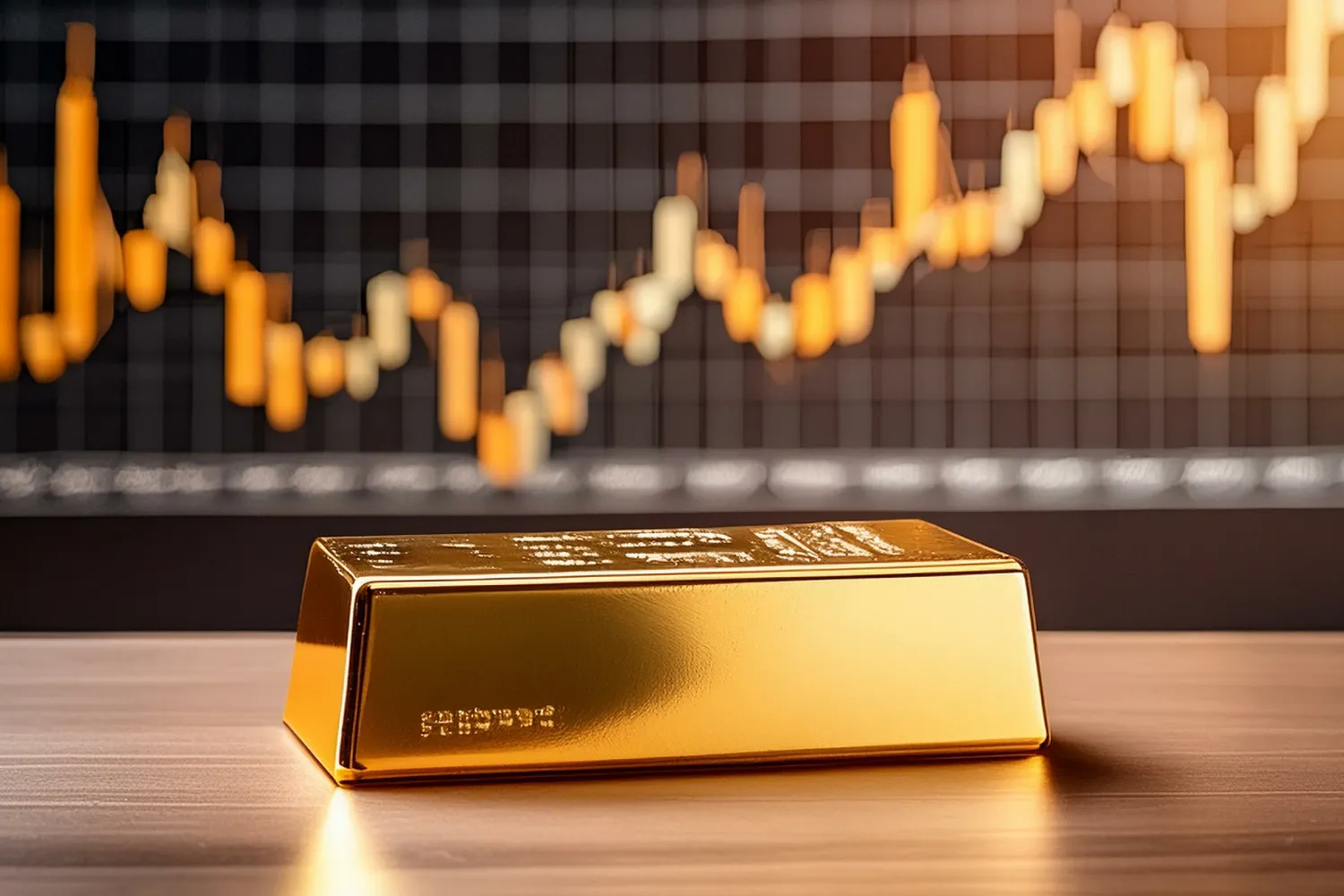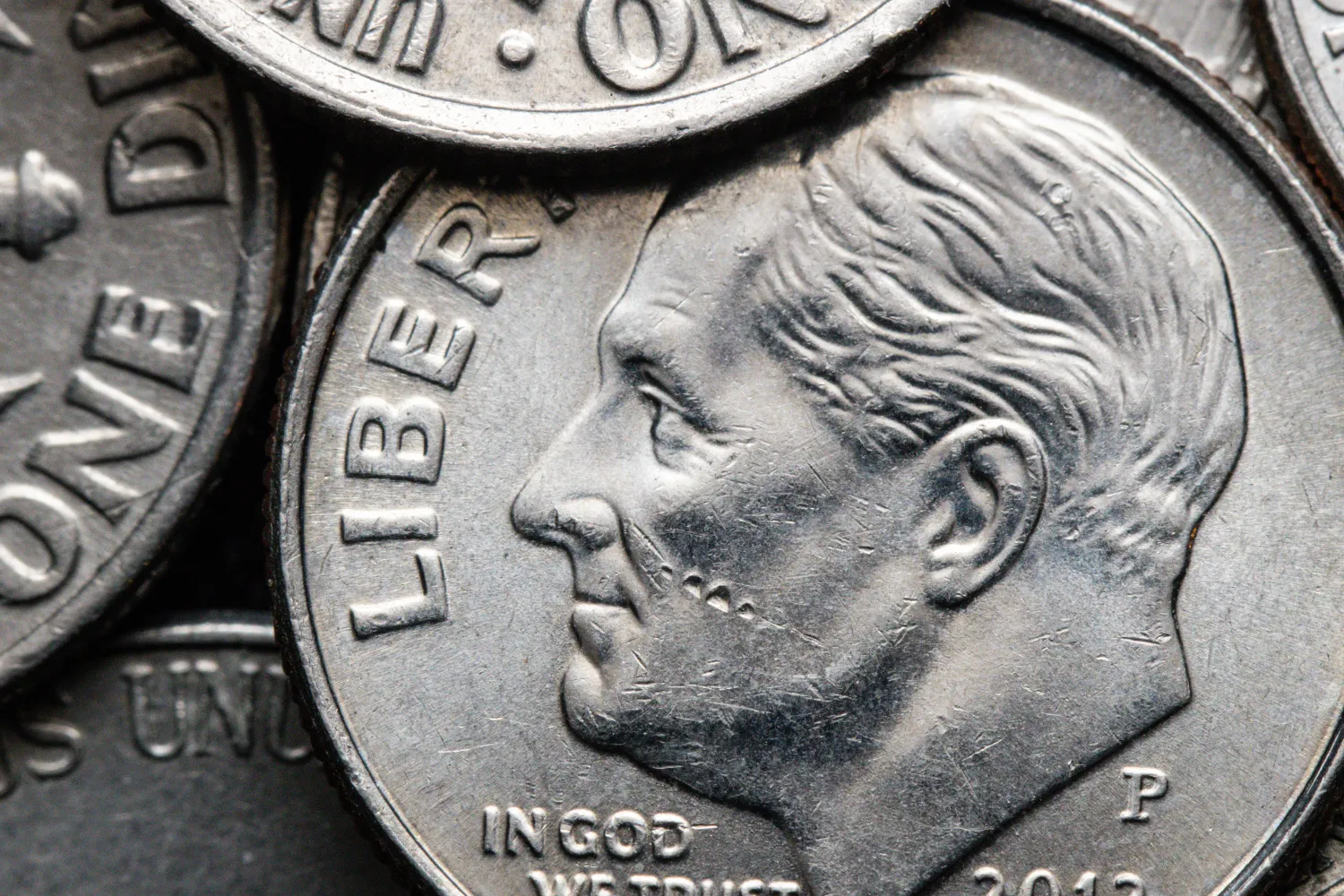- Goldman Sachs predicts stocks are facing a ‘lost decade’ of stock returns.
- The forecast is based on stock overvaluation and market concentration.
- As stocks face a decade of decline, gold is projected to rise to $7,000 an ounce in that same time – offering a safe haven for retirement funds.
A Decade of Poor Returns
The stock market’s high-flying days could be coming back down to earth, and investors may need a new plan. Goldman Sachs is warning that the next 10 years would be a “lost decade” for stocks. Facing potential returns of just 1%, Americans can look towards to physical precious metals to fortify their retirement funds.
End of the Bull Run?
For the past 10 years, the S&P 500 returned an annual average of 12.9%. And the market continues to hit new heights. As of October 30, the DJIA was at 42,233.051. Up by approximately 137% over the past 10 years.1
Yet, Goldman Sachs said stocks could soon be facing a “lost decade.” According to their research, stocks would produce a nominal return of 3% per year. And a real, inflation adjusted return of just 1%. Those returns would be half of the average annualized return between 1928 and 2024. And in less favorable conditions, returns could potentially dip as low as -1%.2
.
 3
3
Reasons for a Slowdown
Goldman analyzed several data sets to reach their conclusion.
Goldman compared today’s stock market to the last ‘Roaring 20s’ market 100 years ago. Today’s market is more overvalued than at almost any other time in U.S. history. The ratio of the stock market’s total market capitalization to GDP is more than five times higher today than a century ago. This ratio is known as the Warren Buffet indicator. That’s because Buffet considers it the best single measure of market valuation.
Then there is the CAPE value. The CAPE (Cyclically Adjusted Price-to-Earnings) ratio measures a stock’s price relative to its average earnings over the past 10 years. It helps investors gauge if the market is over- or undervalued. The current CAPE value is 38. That ranks in the 97th percentile going back to 1930.4
What analysts found most unprecedented was the current degree of concentration in the market. It is at its highest levels since the early 1930s. The top 10 stocks in the S&P 500 now account for approximately 33% of the index’s market value. That surpasses the 27% share reached at the peak of the tech bubble in 2000. 5

Heavy concentration weighs on returns. When a few stocks hold most of the wealth, any loss can sharply impact the market’s overall value. Market leaders today may not retain that position in a decade. “It is extremely difficult for any firm to maintain high levels of sales growth and profit margins over a sustained period of time,” Goldman analysts wrote.6
Other investment banks, including JPMorgan, GMO and Apollo Global Management, echoed Goldman. Apollo said the S&P 500 could see average annualized returns below 3% within the next three years.
GMO pointed to six ‘lost decades’ going back to 1900. During these times, a 60/40 stocks/bonds portfolio produced returns in the low single digits. Some failed to outpace inflation altogether. What all six periods had in common – stocks were trading at greatly overvalued prices.
The Counter Argument
Dr. Ed Yardeni is a prominent economist and financial market strategist. He offers up a different vision of the next decade. He sees a booming 2020s. In which, the S&P 500 would produce a total return of 11% annualized. He says a lost decade of stocks won’t occur if earnings and dividends continue to grow.
Yardeni dismisses overconcentration. Since tech permeates everything, he says all companies can be thought of technology companies now. And that technology will fuel higher productivity and lower costs. In turn, all companies can earn higher profit margins avoid the ‘lost decade.’
Conclusion
Yardeni’s forecast is based on unrealized potential of technology to produce profits. For him, high earnings would justify high valuations. But he operates on one hopeful assumption – that the leaders will still be leading.
However, “Hope is not a strategy.” Goldman’s data-driven forecast considers historical market trends and valuations, which may offer a more realistic assessment of the future. In contrast to falling stocks, gold is projected to reach $7,000 per ounce over the next decade.7 A potential increase of 203.82% from today’s price of $2,304. Now may be the time to protect your retirement funds against a potential “lost decade” by diversifying into physical gold. Contact American Hartford Gold today at 800-462-0071 to learn how a Gold IRA could help preserve and potentially grow your wealth.








 2
2




